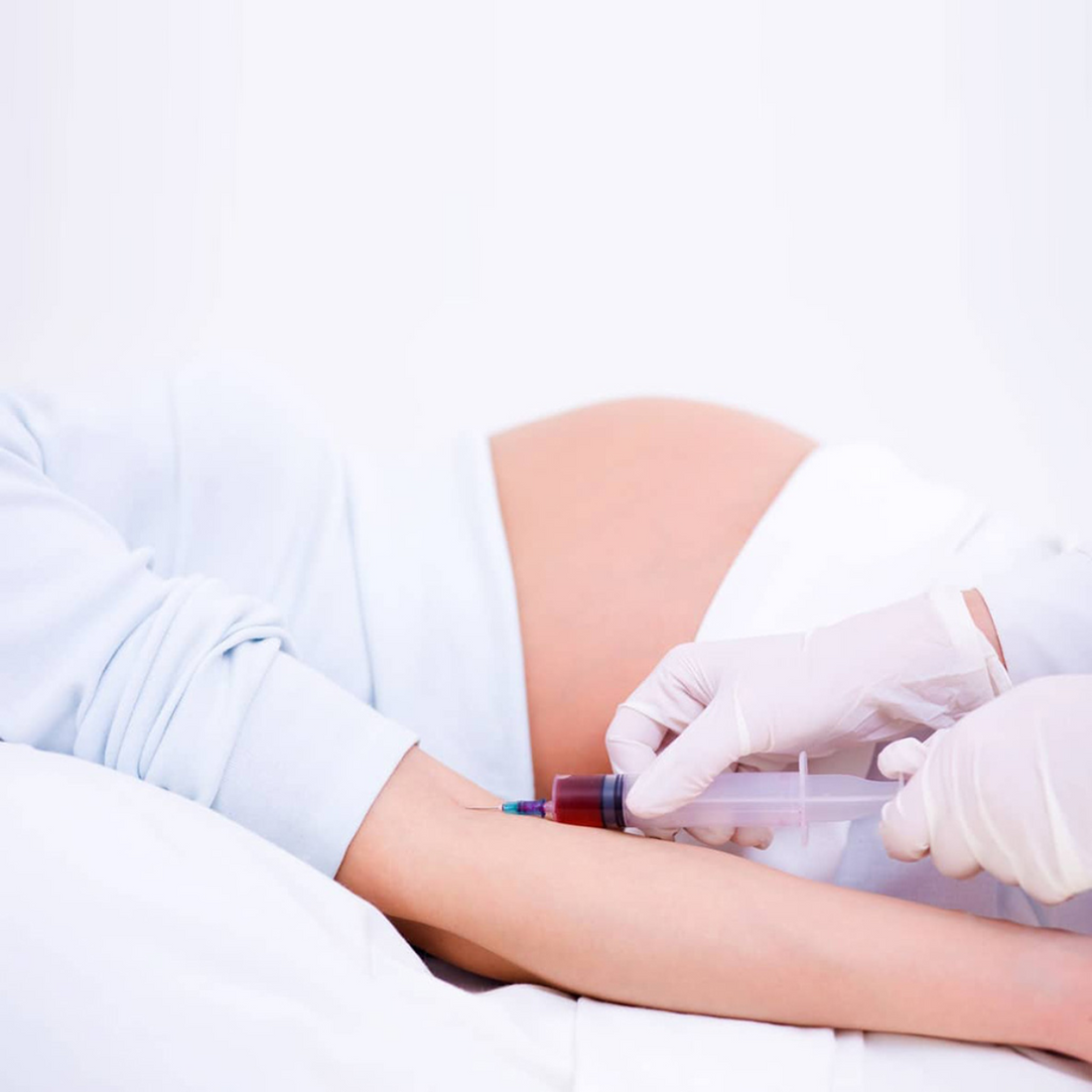NOD1
Description
The NOD1 (nucleotide binding oligomerization domain containing 1) is a protein-coding gene located on chromosome 7.
Nucleotide-binding oligomerization domain-containing protein 1 (NOD1) is a protein receptor that in humans is encoded by the NOD1 gene. It recognizes bacterial molecules and stimulates an immune reaction . NOD1 protein contains a caspase recruitment domain (CARD). NOD1 is a member of NOD-like receptor protein family and is a close relative of NOD2. NOD1 is an intracellular pattern recognition receptor, which is similar in structure to resistant proteins of plants, and mediates innate and acquired immunity by recognizing molecules containing D-glutamyl-meso-diaminopimelic acid (iE-DAP) moiety, including bacterial peptidoglycan. Nod1 interacts with RIPK2 through the CARDs of both molecules (See the structure of the NOD1 CARD in the right panel). Stimulation of NOD1 by iE-DAP containing molecules results in activation of the transcription factor NF-κB.
Pattern recognition receptor (PRR) that detects bacterial peptidoglycan fragments and other danger signals and thus participates in both innate and adaptive immune responses (PubMed:11058605, PubMed:12796777, PubMed:12791997, PubMed:15044951, PubMed:16172124, PubMed:19043560, PubMed:22672233, PubMed:27099311). Specifically recognizes and binds gamma-D-glutamyl-meso-diaminopimelic acid (iE- DAP), a dipeptide present in peptidoglycan of Gram-negative bacteria (PubMed:12871942, PubMed:12796777, PubMed:12791997, PubMed:16211083, PubMed:16172124). Preferentially binds iE-DAP in tripeptide-containing muropeptides (MurNAc-TriDAP or TriDAP) (PubMed:16211083). Ligand binding triggers oligomerization that facilitates the binding and subsequent activation of the proximal adapter receptor-interacting RIPK2 (PubMed:12796777, PubMed:12791997, PubMed:17054981). Following recruitment, RIPK2 undergoes 'Met-1'- (linear) and 'Lys-63'-linked polyubiquitination by E3 ubiquitin-protein ligases XIAP, BIRC2, BIRC3 and the LUBAC complex, becoming a scaffolding protein for downstream effectors, triggering activation of the NF-kappa-B and MAP kinases signaling (PubMed:10880512, PubMed:12791997, PubMed:19043560). This in turn leads to the transcriptional activation of hundreds of genes involved in immune response (PubMed:10880512, PubMed:19043560). Also acts as a regulator of antiviral response elicited by dsRNA and the expression of RLR pathway members by targeting IFIH1 and TRAF3 to modulate the formation of IFIH1-MAVS and TRAF3-MAVS complexes leading to increased transcription of type I IFNs (PubMed:32169843). Also acts as a regulator of autophagy via its interaction with ATG16L1, possibly by recruiting ATG16L1 at the site of bacterial entry (By similarity). Besides recognizing pathogens, also involved in the endoplasmic reticulum stress response: acts by sensing and binding to the cytosolic metabolite sphingosine-1-phosphate generated in response to endoplasmic reticulum stress, initiating an inflammation process that leads to activation of the NF-kappa-B and MAP kinases signaling (PubMed:27007849, PubMed:33942347). In addition, plays a role in insulin trafficking in beta cells in a cell-autonomous manner (By similarity). Mechanistically, upon recognizing cognate ligands, NOD1 and RIPK2 localize to insulin vesicles where they recruit RAB1A to direct insulin trafficking through the cytoplasm (By similarity). {ECO:0000250|UniProtKB:Q8BHB0, ECO:0000269|PubMed:10880512, ECO:0000269|PubMed:11058605, ECO:0000269|PubMed:12791997, ECO:0000269|PubMed:12796777, ECO:0000269|PubMed:12871942, ECO:0000269|PubMed:15044951, ECO:0000269|PubMed:16172124, ECO:0000269|PubMed:16211083, ECO:0000269|PubMed:17054981, ECO:0000269|PubMed:19043560, ECO:0000269|PubMed:22672233, ECO:0000269|PubMed:27007849, ECO:0000269|PubMed:27099311, ECO:0000269|PubMed:32169843, ECO:0000269|PubMed:33942347}
NOD1 is also known as CARD4, CLR7.1, NLRC1, hNod1.

